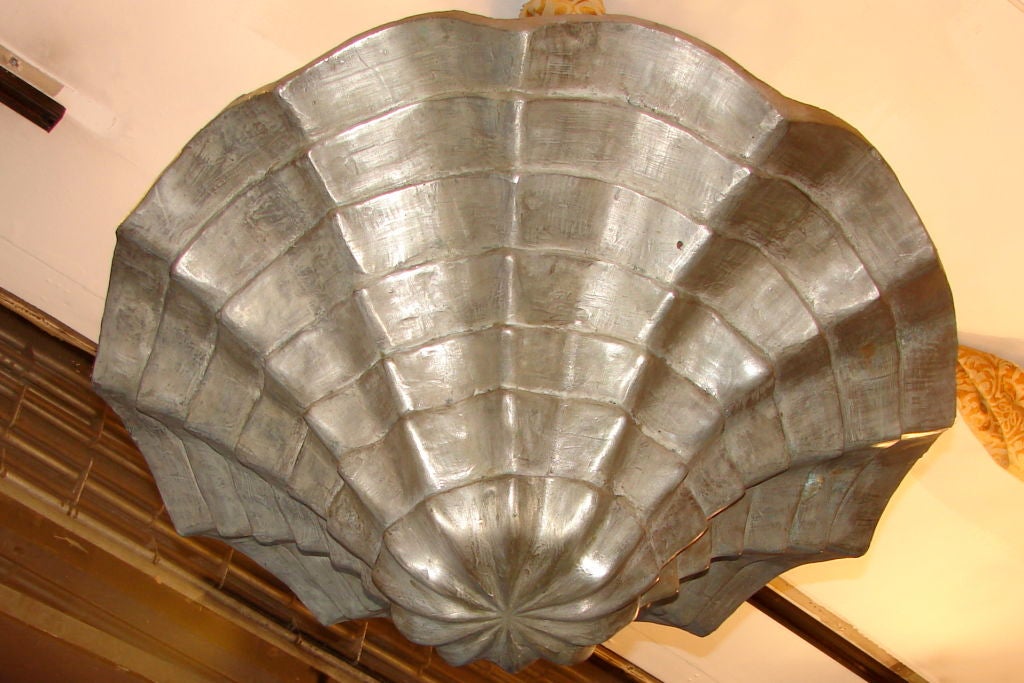

On plasterboard walls and ceilings this can make the surface look uneven and highlight the appearance of joints. Glancing light (or critical light) is a condition which exists when light hits the plasterboard surface at an acute angle and casts shadows that highlight any surface irregularities.
#Plaster patch behind light fixture how to
Once the top coat is dry, you can sand it back and you are ready to paint.Īttribution: Bunnings Australia drywall drywall repair how to plaster plaster repair plasterer plastering plastering advice Plastering Tips

This time make the surface you apply slightly wider. The process for applying the top coat is the same as the second coat. This time when you put the mud on, hold your trowel at a 45-degree angle away from the side that has already been troweled. Now that you have applied a top coat to one side, you can apply a coat to the face using a slightly different technique. Leave the face side of the corner at this stage. Use the same processes for applying as the first coat. This coat should be at least three quarters of the length of your trowel. Apply the second coat of plaster to one side of the corner only and make it slightly wider than the first. Once the first coat has dried, smooth the surface with your scraper to get it ready for the second coat. 7 Smooth the surface and apply the second coat Now start on the other side of the corner, applying the base coat from the bottom up. Then apply plaster from the top down to complete this side. When you reach the bottom, run the trowel to the top of the wall to smooth this out, making sure you have gone passed the architrave line. Start applying to the middle of the wall first, working downwards and taking any excess off the edges. Use your hawk and trowel to apply the plaster to the external corner. Once the plaster is mixed to the right consistency, you are ready to apply it to the wall.

In this case we have two externals, so we need to fill the bucket to at least three quarters to have enough. Now that your external angles are in position you can mix up your plaster for the base coat. Repeat this in multiple spots along the angle until it’s secure. Then place a nail through a circle on the outer edge of the external angle and hammer into the plasterboard. Add pressure with your hand to the opposite side of the angle to hold this into place. Hold the external angle up to the corner, using your straight edge to determine if the angle is straight. You can also pin the external angle into place using a hammer. 4 Attach the external angle with a hammer Once this is straight, staple the remainder of the angle into place. To check the angle is straight all the way down, place your straight edge alongside the angle, adding pressure. Position this firmly by placing pressure onto the middle of the angle, and pin into place with your staple gun. Place the external angle against the straightest point of the corner, roughly in the centre. This way if there is any movement on the floor the angle will not crack. Position the external angle at least 10mm off the ground. 3 Attach the external angle using a staple gun Then gently squeeze the sides of the external angle together with your hands to account for any bends in the wall. 2 Cut the external angleįirst measure the height of the wall and cut the external angle to suit on a 45-degree angle. If there are gaps, you will need to adjust the external angle to make sure the wall is straight. Check if there are any gaps between the wall and the level. Grab your level and place it against the edge of the wall.


 0 kommentar(er)
0 kommentar(er)
